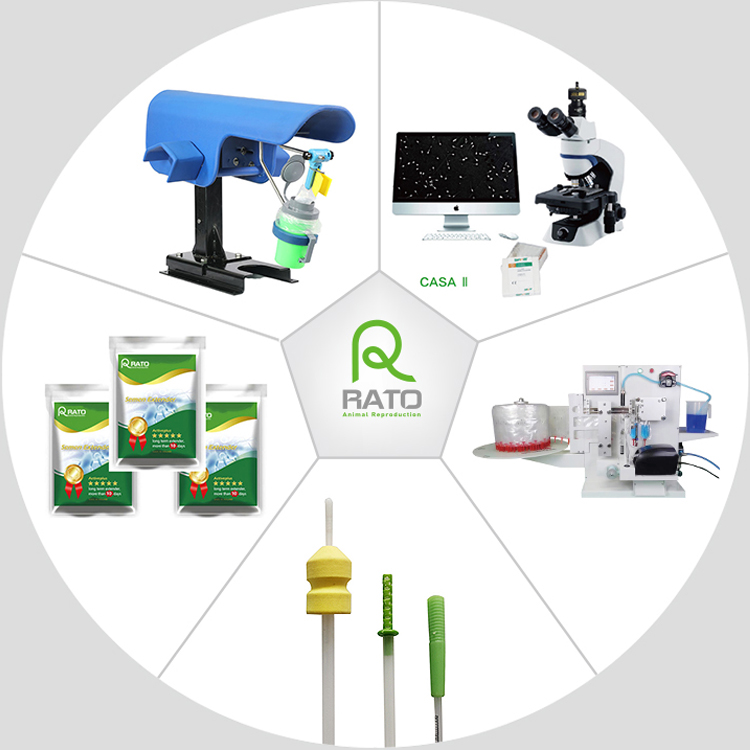As a leading animal artificial insemination supplier specializing in pig AI catheters and comprehensive A.I. solutions, RATO is committed to supporting pig farmers worldwide with innovative products that enhance reproductive health and efficiency. Founded in 2002, RATO has developed a full range of multi-species A.I. equipment, instruments, and consumables—now exported to over 40 countries—guided by our tenet: Your needs, We achieve. Understanding common challenges like pseudopregnancy in sows is key to optimizing breeding programs. Below, we outline the primary causes, drawing from over 20 years of expertise in animal AI for pigs, cattle, and more.
Pseudopregnancy in sows can occur due to several physiological and environmental factors. Addressing these through balanced nutrition, timely insemination with high-quality tools, and proactive health management can significantly reduce incidence rates.
- Persistent Corpus Luteum
- In some cases, sows that fail to conceive after natural mating or artificial insemination develop a corpus luteum in the ovaries that does not regress. This corpus luteum continues to secrete progesterone, leading to symptoms resembling normal pregnancy. At RATO, our precision-engineered pig AI catheters ensure accurate semen delivery to minimize such conception failures.
- Alternatively, early embryonic death and absorption may occur, but the pregnancy corpus luteum persists, continuing to secrete progesterone. This creates the illusion that the pregnancy is ongoing. Regular monitoring post-AI, supported by our farm supplies, can help detect these issues early.
- Nutritional Deficiencies Prolonged feeding of a single, unbalanced diet in pig farms or households can result in nutritional deficiencies in sows, particularly a lack of vitamins and trace elements, with severe vitamin E deficiency being a key factor. This leads to malnutrition, disrupting the sow’s endocrine system and triggering pseudopregnancy. RATO recommends integrating nutrient-rich supplements alongside our A.I. consumables to maintain sow vitality—aligning with our ideology of Lower cost, Higher quality, More innovations for sustainable farming.
- Reproductive Tract Diseases Diseases affecting the reproductive tract can disrupt the sow’s endocrine system. After ovulation, the corpus luteum formed during the estrous cycle may fail to regress within the typical timeframe (approximately two weeks). Under the influence of progesterone, the sow’s endometrium thickens significantly, glands deepen and become more convoluted, uterine contractions weaken, and mammary lobules develop. Some sows may even secrete small amounts of thin milk. Additionally, parasitic infections in the reproductive system or the misuse/overuse of hormonal drugs for estrus induction in pig farms can disrupt the sow’s endocrine balance, contributing to pseudopregnancy. As a trusted cattle AI supplier and pig specialist, RATO’s sterile instruments help prevent infections during procedures, promoting healthier reproductive outcomes.
- Prolonged Lactation Extended lactation periods can deplete the sow’s nutritional reserves, leading to severe weight loss and physical weakness. In extreme cases, this may cause lactation paralysis. Such conditions disrupt the sow’s hormonal regulation, resulting in symptoms similar to those of pregnancy. Strategic weaning protocols, combined with RATO’s multi-species A.I. tools, can restore hormonal balance and prepare sows for successful future breedings.
For more insights on preventing sow pseudopregnancy and optimizing animal artificial insemination, explore RATO’s full product lineup at www.ratoai.com. Contact us to discuss tailored solutions for your farm—empowering higher yields with reliable animal AI innovation.
Post time: Oct-11-2025



